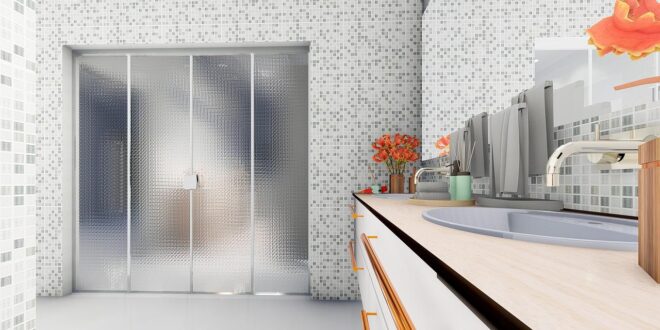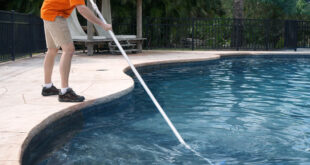As homeowners and businesses increasingly opt for modern and stylish designs, the use of tempered glass for doors has become a popular choice. This article delves into the benefits of using tempered door glass, understanding the tempering process, important factors to consider when purchasing, and the future of tempered glass technology.
What are the benefits?
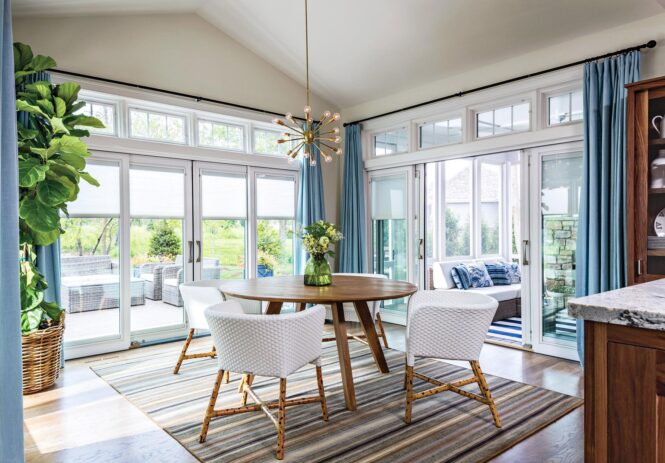
1. Enhanced Safety
One of the most significant advantages of using tempered glass for doors is its enhanced safety. The tempering process makes the material much stronger than regular glass, reducing the risk of breakage. In the rare event that the glass does break, it shatters into small, comparatively harmless fragments rather than large, sharp shards. This greatly reduces the risk of injury in the event of an accident.
2. Improved Durability
Tempered door glass is designed to withstand not only impacts but also fluctuations in temperature, making it an ideal choice for both interior and exterior doors. This added durability means that tempered glass doors are less likely to crack, chip, or break, ensuring a longer lifespan and reduced maintenance costs.
3. Aesthetic Appeal
Tempered glass doors can add a touch of elegance and modernity to any space. They allow natural light to flow freely between rooms, creating a bright and open atmosphere. The transparency of the glass can also create the illusion of a larger space, making it an excellent choice for smaller rooms or areas where a more open feel is desired.
Understanding the Tempering Process
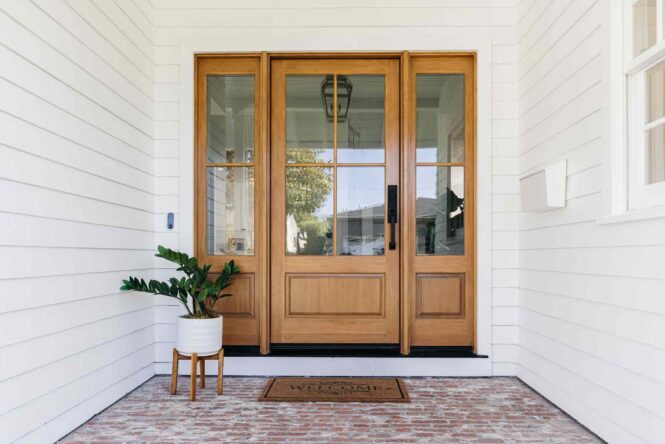
1. Heating and Cooling
The tempering process involves heating the glass to extremely high temperatures, typically between 620 and 720 degrees Celsius. Once it reaches this temperature, the glass is then rapidly cooled using high-pressure air. This rapid cooling process, known as quenching, causes the outer surfaces of the glass to contract, resulting in a layer of compression on the outer surfaces and tension in the center.
2. Increased Strength
This unique combination of compression and tension gives tempered glass its increased strength. The compressed outer surfaces make the glass more resistant to breakage, while the tension in the center helps to distribute any impact force evenly across the entire surface. This is why tempered glass is often referred to as “safety glass,” as it is designed to minimize the risk of injury in the event of breakage.
3. Standards and Regulations
Tempered glass must meet specific industry standards and regulations to ensure its safety and performance. In many countries, including the United States, tempered glass must adhere to the safety glazing standards set forth by the American National Standards Institute (ANSI). These standards help to ensure that tempered glass doors are a safe and reliable choice for homeowners and businesses alike.
Important Factors to Consider When Purchasing Tempered Door Glass
1. Glass Thickness
One of the key factors to consider when purchasing tempered door glass is its thickness. Generally, thicker glass will be more durable and less prone to breakage. However, it is also essential to consider the weight of the glass, as heavier doors may require more robust hardware and reinforcement. Consult with a professional to determine the appropriate thickness for your specific application.
2. Design and Style
When selecting tempered door glass, there is a wide variety of styles and designs to choose from. Consider the overall aesthetic of your space and choose a design that complements your existing décor. Keep in mind that while some designs may be visually appealing, they may not offer the same level of privacy as others, so choose wisely based on your specific needs.
3. Installation and Maintenance
Proper installation is crucial to ensure the longevity and performance of your tempered door glass. It is recommended to hire a professional to install your door, as they will have the necessary tools and expertise to ensure a secure fit. In terms of maintenance, a regular cleaning with a gentle cleaner and soft cloth will keep your door looking its best. Be sure to avoid using abrasive materials, as they can scratch the glass and compromise its integrity.
Cleaning and Caring Process
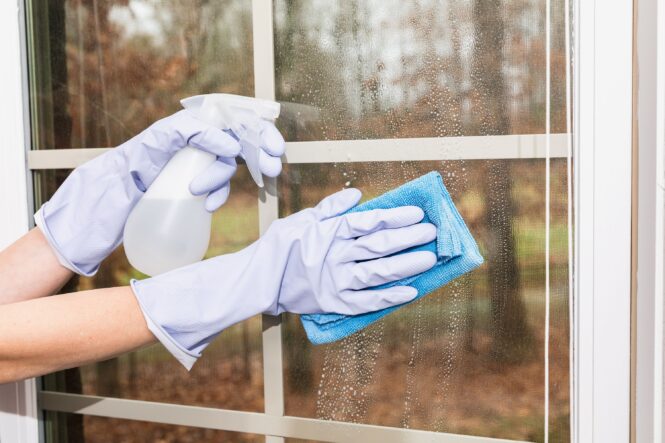
Glass doors are a popular choice in many homes and commercial buildings because of their sleek and modern look. However, keeping them clean and well-maintained is essential to maintain their aesthetic appeal and functionality. In this article, we’ll discuss some tips for cleaning and caring for your doors.
- Clean Regularly: Use a soft, lint-free cloth or a sponge to wipe down the glass surface, removing any dirt, dust, or fingerprints. Avoid using abrasive cleaners, which can scratch the surface.
- Use a Glass Cleaner: When cleaning your glass doors, use a specialized cleaner instead of an all-purpose cleaner. Cleaners are formulated to remove dirt and grime without leaving streaks or smudges. Spray the glass cleaner directly onto the surface, and wipe it down with a clean, lint-free cloth.
- Avoid Harsh Chemicals: Harsh chemicals, such as bleach or ammonia, can damage the surface and cause it to become cloudy or discolored. Avoid using these types of cleaners on your doors.
- Use Vinegar and Water: If you prefer a more natural cleaning solution, you can use a mixture of vinegar and water. Mix equal parts of vinegar and water in a spray bottle, and spray it onto the surface. Wipe it down with a clean, lint-free cloth.
- Clean the Tracks: In addition to cleaning the surface, it’s also important to clean the tracks of sliding doors. Dirt and debris can accumulate in the tracks, causing the doors to become difficult to slide. Use a vacuum or a soft brush to remove any dirt or debris, and wipe the tracks down with a damp cloth.
- Lubricate the Tracks: After cleaning the tracks, apply a silicone-based lubricant to ensure that the doors slide smoothly. Avoid using oil-based lubricants, which can attract dirt and debris.
- Check the Seals: Over time, the seals around the doors may become worn or damaged. Check the seals periodically to ensure that they’re in good condition. If you notice any cracks or gaps, replace the seals to prevent air and moisture from entering your home.
The Future of Tempered Glass Technology
As technology continues to advance, the future of tempered glass is likely to see even more improvements in terms of strength, durability, and design. Innovations such as smart glass, which can change from transparent to opaque with the flip of a switch, are already making their way into the market. Additionally, advances in nanotechnology may result in the development of self-cleaning or self-repairing glass in the near future.
Ultimately, tempered door glass offers a stylish, durable, and safe choice for modern homes and businesses. By understanding the tempering process, considering essential factors in your purchase, and staying informed about the latest advances in glass technology, you can ensure that you are making the best possible decision for your space.
 Imagup General Magazine 2024
Imagup General Magazine 2024
